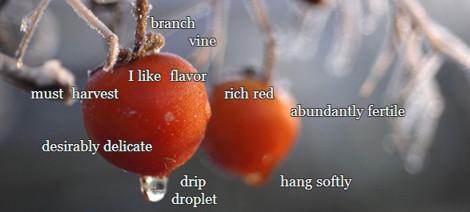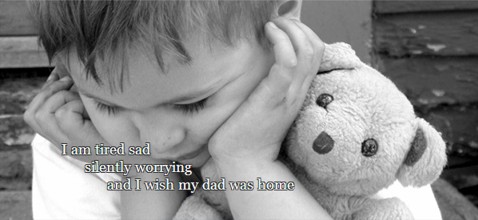Erin McKean does more than redefine the dictionary in her TED talk; she redefines our concept of language. She says that our idea of what a dictionary is hasn’t changed since Queen Victoria’s times – we have the idea that a dictionary contains the ‘good’ words (the ‘real’ ones) and keeps out the bad words (‘not real words’). That’s what she finds frustrating about her perceived role as lexicographer – that she is seen as a traffic cop, whereas she’d rather be a fisherman (yes, she used ‘man’).
But, I hear you say, dictonaries have changed, they’ve come online, they are well connected; they have hyperlinks. Well, according to Erin, an online dictionary has essentially remained unchanged – it’s just a Victorian design with a modern propulsion.
What Erin challenges the audience to do is to rethink ‘good word’/’bad word’. She says when people find a word that isn’t in the dictionary, they think it’s because it’s a ‘bad word’ (think Scrabble), but actually, it’s not in there because the dictionary is too small. The book is not the best shape for the dictionary.
Erin challenges us to look past the artificial constraints of the book-form dictionary; we should study ALL the words. So how do we know that a word is ‘real’? She says, if you love a word, use it. Using it makes it real. It’s less about control and more about description. New words are everywhere, and Boing Boing is an example of the use of ‘undictionaried’ words. Erin suggests we look at the English dictionary as a map of the English language. An antiquated map of the world only contained what we ‘knew’ at that time, but there was much more to discover. As Erin says, when we left out countries in the old maps, we didn’t even know they were missing. So too with words.
And so Erin McKean is in the business of collecting words. She says that words need to be collected with all their background information – a word is ‘like an archaeological artefact’, and ‘a word without a source is like a cut flower – it dies fast’.
Well, I’m swept up by the evangelistic fervour of this New Age lexicographer, but do I dare embrace the new lexicographical freedom and risk chaos? Can we open up the business of word making to the masses when it has traditionally been the hallowed role of unseen word geeks? But then again, Wikipedia has opened up the font of knowledge, and the world hasn’t collapsed yet.
And I recommend Erin’s blog, Dictionary evangelist if you want to discover the unchartered seas of 21st century language. Here, instead of talking about a word’s etymology, Erin delights in its ‘roots, bones, innards, pips, and secret parts’. Or read about the acceptance of new words like ‘chillax’ in Erin’s article in the Boston Globe.
And let’s have some fun with words. To quote Erin, ‘if it works like a word, just use it’.





